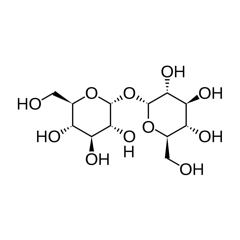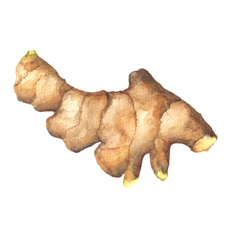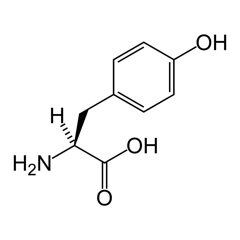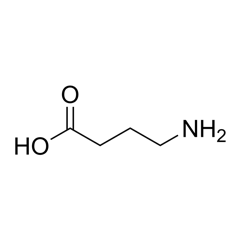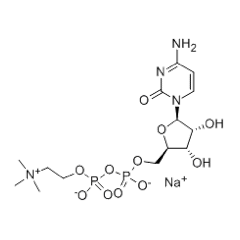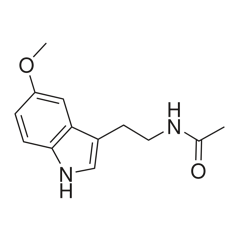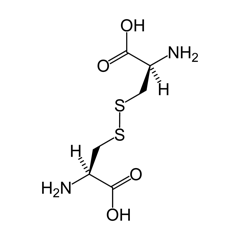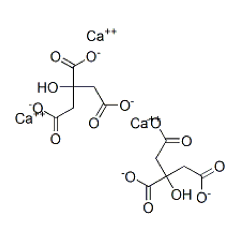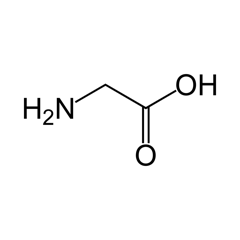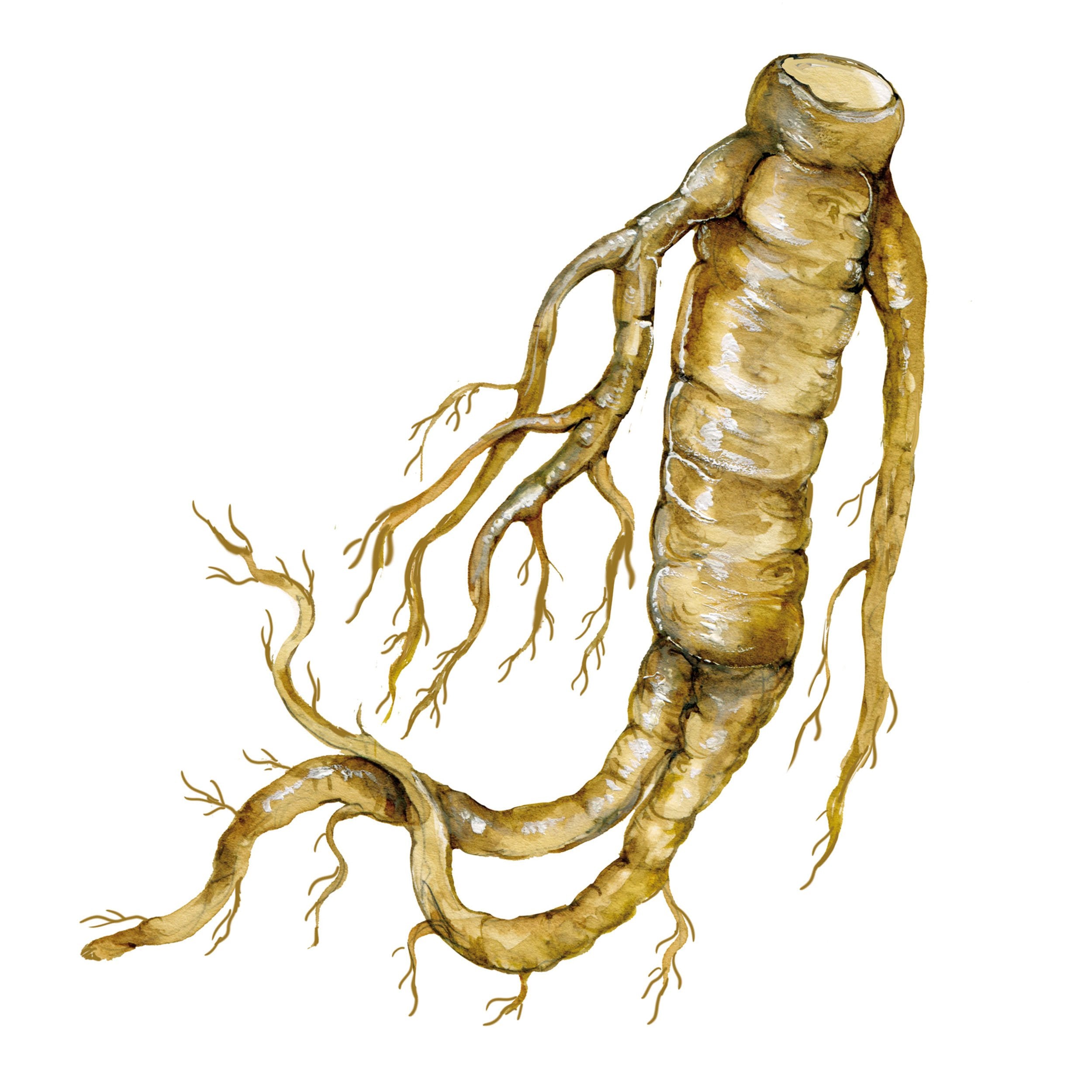What is this known for?
Vitamin B1 is known for its role as part of energy production and nervous system.
Why are we using it in Power On?
Function #1: Vitamin B1 is a crucial ingredient for producing brain energy (ATP)
Vitamin B1 is a required ingredient as part of the Krebs Cycle. The main function of the Krebs pathway is to contribute to the production of adenosine triphosphate. ATP then serves as energy source in the brain and in all other cells in the body.
Gibson GE, Blass JP. Nutrition and Functional Neurochemistry. In: Siegel GJ, Agranoff BW, Albers RW, et al., editors. Basic Neurochemistry: Molecular, Cellular and Medical Aspects. 6th edition. Philadelphia: Lippincott-Raven; 1999.
Osiezagha K, Ali S, Freeman C, et al. Thiamine Deficiency and Delirium. Innovations in Clinical Neuroscience. 2013;10(4):26-32.
Function #2: Vitamin B1 is involved in neurotransmitter production as part of pentose phosphate pathway
The Pentose Phosphate Pathway is a pathway that occurs in various parts of the human body (including the brain). Thiamine is a required cofactor in the Pentose Phosphate Pathway and its involvement leads to producing a number of crucial molecular products including neurotransmitters. Disruption of thiamine involvement in this process can lead to injuries in neuronal cells.
Kennedy DO. B Vitamins and the Brain: Mechanisms, Dose and Efficacy—A Review. Nutrients. 2016;8(2):68. doi:10.3390/nu8020068.
Kruger N, von Schaewen A. The oxidative pentose phosphate pathway: structure and organisation. Current Opinion in Plant Biology. 2003;6(3):236-246. doi:10.1016/s1369-5266(03)00039-6
Osiezagha K, Ali S, Freeman C, et al. Thiamine Deficiency and Delirium. Innovations in Clinical Neuroscience. 2013;10(4):26-32.
Gibson GE, Blass JP. Nutrition and Functional Neurochemistry. In: Siegel GJ, Agranoff BW, Albers RW, et al., editors. Basic Neurochemistry: Molecular, Cellular and Medical Aspects. 6th edition. Philadelphia: Lippincott-Raven; 1999.
Function #3: Vitamin B1 is involved in neurotransmitter modulation for acetylcholine
Thiamine is important to the health of the nervous system because of its role in the synthesis of acetylcholine, an important neurotransmitter. Thiamine’s role in its synthesis is as a cofactor with acetyl-CoA to produce acetylcholine. Acetylcholine, in turn, is a neurotransmitter that stimulates muscle control and behaviour. It is also a transmitter in the brain region, and is required for memory and cognition.
Purves D, Augustine GJ, Fitzpatrick D, et al., editors. Neuroscience. 2nd edition. Sunderland (MA): Sinauer Associates; 2001. Acetylcholine. Available from: https://www.ncbi.nlm.nih.gov/books/NBK11143/
Hirsch J, Parrott J. New Considerations on the Neuromodulatory Role of Thiamine. Pharmacology. 2012;89(1-2):111-116. doi:10.1159/000336339.
Kennedy DO. B Vitamins and the Brain: Mechanisms, Dose and Efficacy—A Review. Nutrients. 2016;8(2):68. doi:10.3390/nu8020068.
Why this form?
While deficiencies of thiamin in the United States are extremely rare, there have been emerging studies showing a higher rate of thiamin deficiency among those suffering from obesity. Thiamin has a high rate of absorbability.
Can be found in:
Nuts, seeds, beef liver, pork, chicken, turkey, legumes, peas and wheat germ


